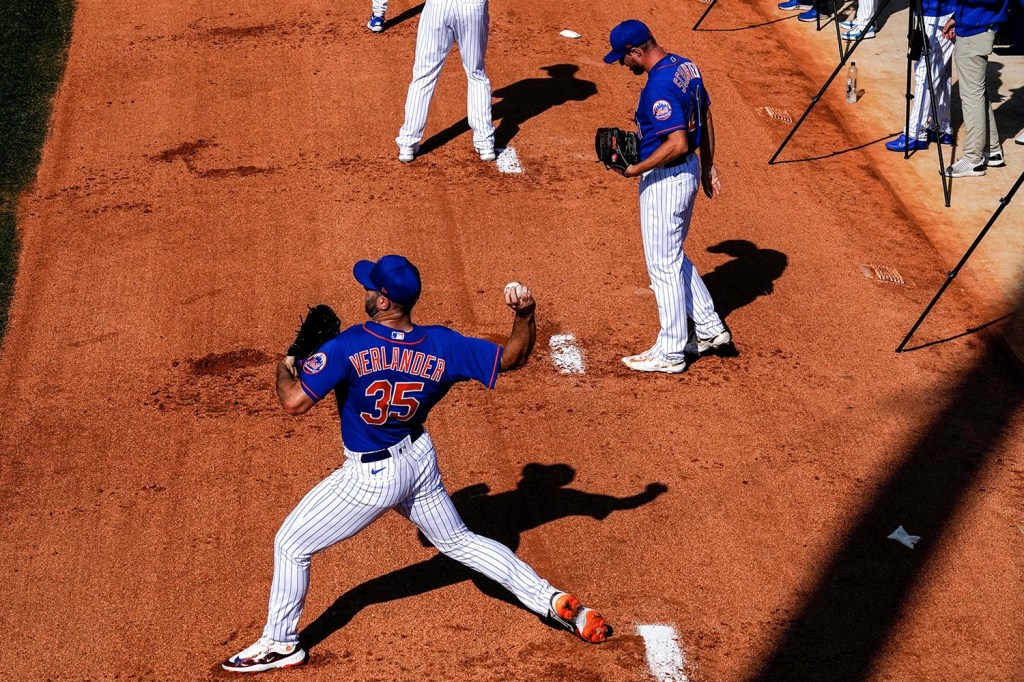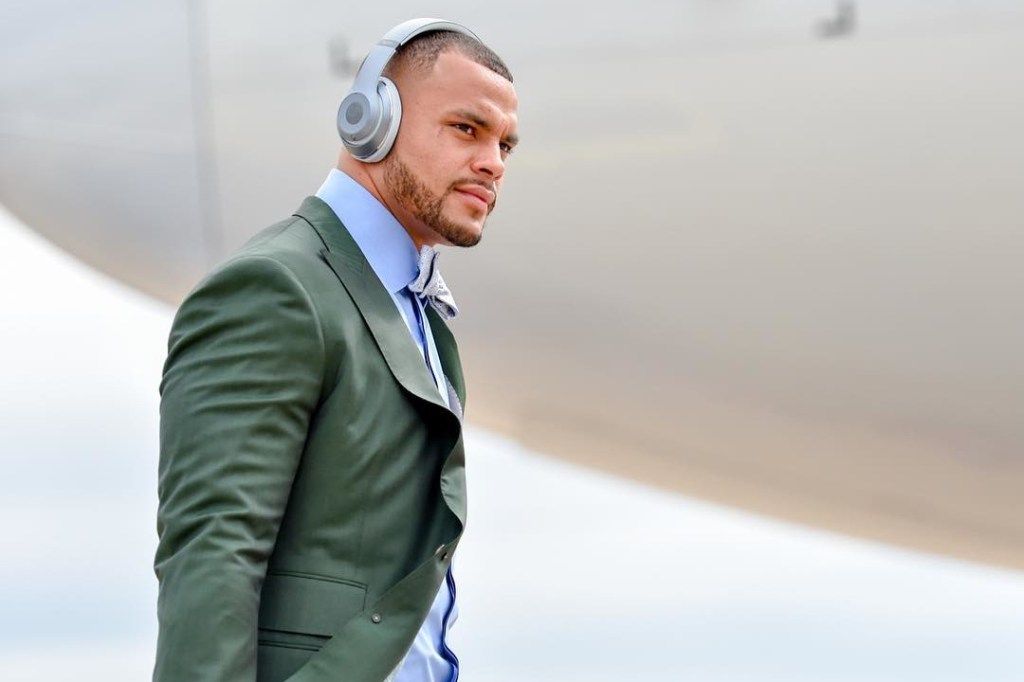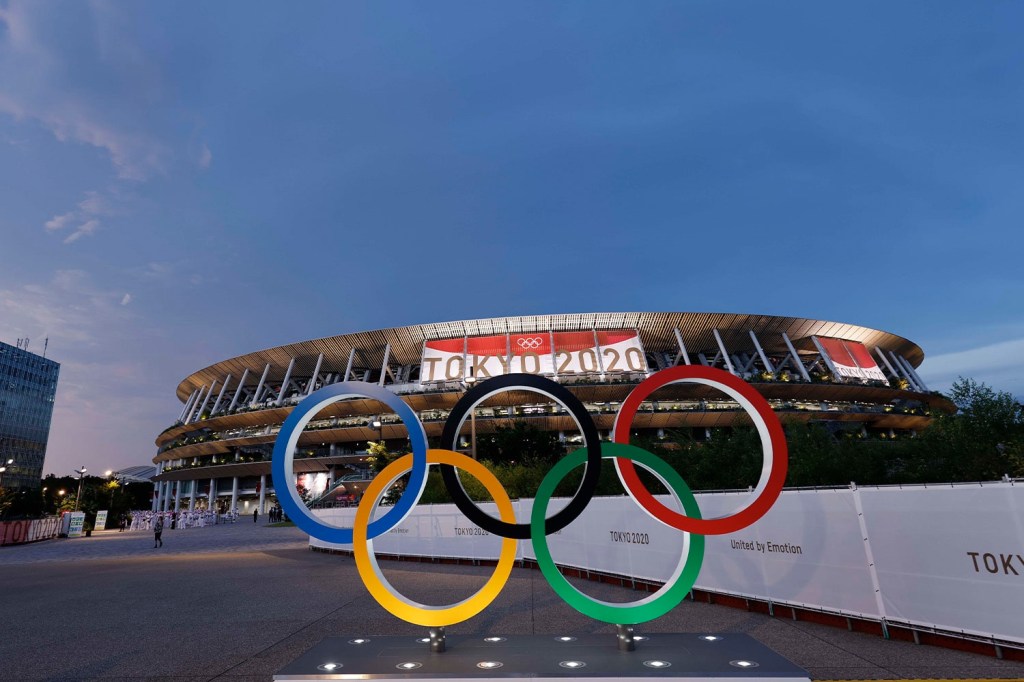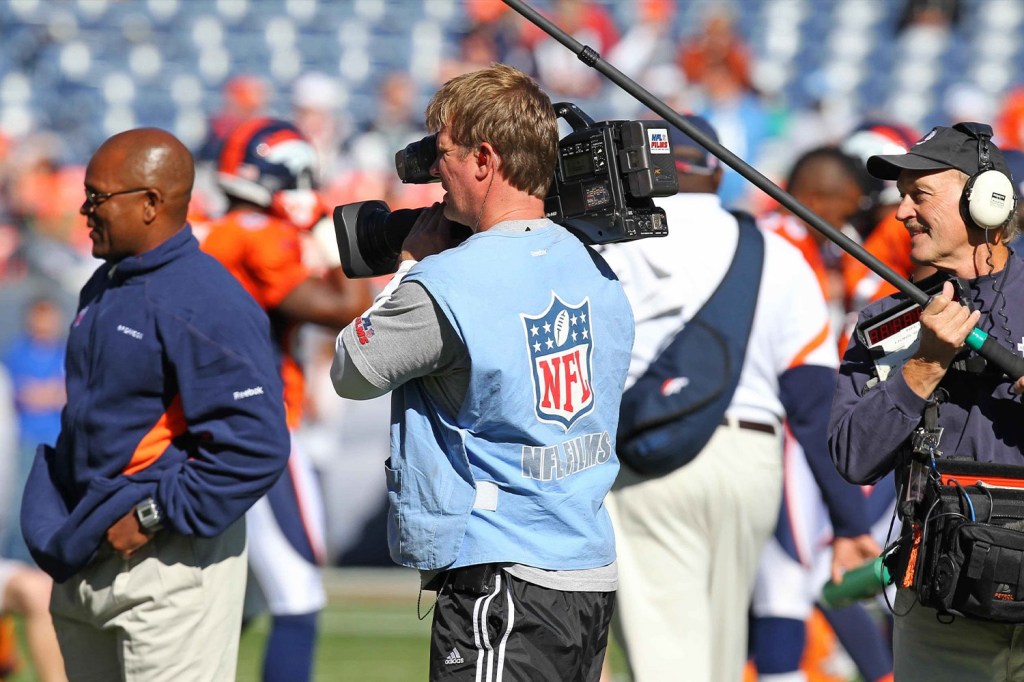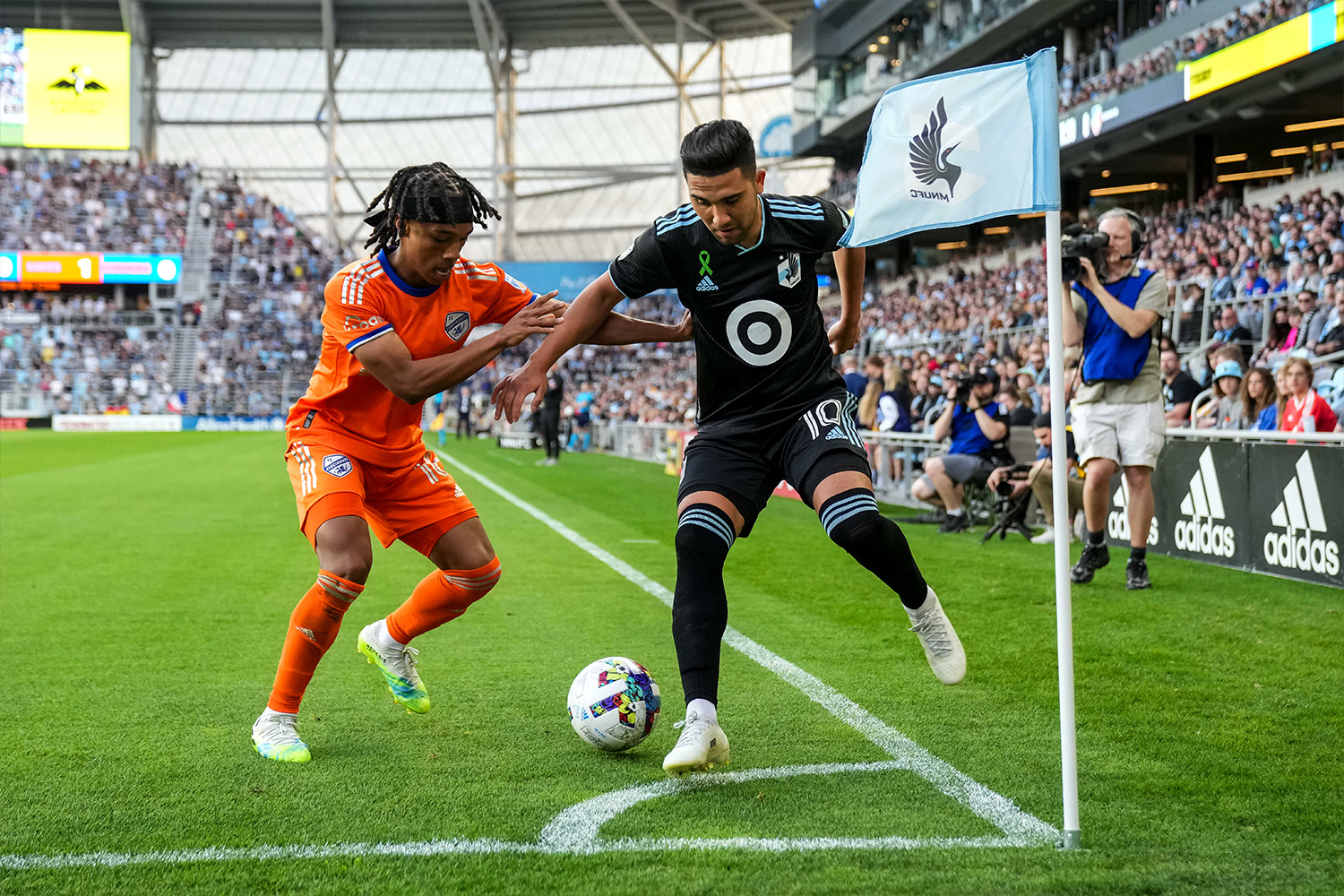Major League Baseball’s average salary is as high as it has ever been, but concerns remain about how payroll is distributed.
MLB saw player salaries rise 14.8% in aggregate in 2022 to $4.2 million, reversing a four-year trend of declining player salaries.
The New York Mets and the Texas Rangers led the trend, with the Mets giving their shortstop Francisco Lindor a 10-year, $341 million contract and ace pitcher Max Scherzer a three-year deal at a record $43.3 million annual value.
The Rangers have a well-paid middle infield after signing Corey Seager and Marcus Semien to deals worth a respective $325 million and $175 million.
Both teams continued spending in the most recent offseason, with the Mets handing out close to $500 million in guaranteed contracts after the Rangers signed away top pitcher Jacob deGrom in a five-year, $185 million deal.
Such signings widened the gap between big-spending teams and others such as the Oakland A’s and Pittsburgh Pirates, whose 2022 payrolls were a respective $50 million and $59 million, per Fangraphs.
Earlier this month, MLB commissioner Rob Manfred spoke about having “a more national product” to “produce more centrally shared revenue, which, in turn, we hope would reduce payroll disparities.”
He also floated the concept of “direct payroll regulation” and “minimum payroll,” which many took to mean a salary cap.
The MLBPA staunchly opposes a cap, a sentiment its executive director Tony Clark was quick to reiterate following Manfred’s comments.


